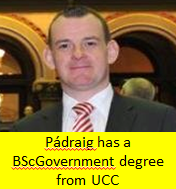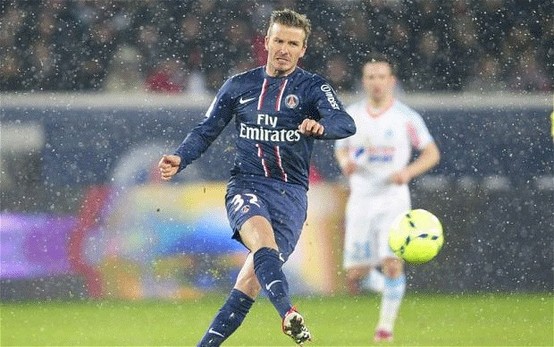
Following on from my previous post on the advent of image rights in soccer, this piece will further chart the evolution of image rights and the role they play in modern contract negotiations. Since the mid-to-late 1990s, a player’s image can be a lucrative portion of any contract negotiations. These days we have Ronaldo and Messi as the prominent images in world football, but it may be argued that Beckham was the true trailblazer in the modern era. In 2002, during the course of agreeing a new contract at Manchester United, Beckham famously commented; “it’s not the salary that’s a problem, it’s just the image rights need a little perking”. Indeed it has been rumoured that while playing in the MLS, Beckham’s remuneration was split; 80 per cent via image rights and 20 per cent as direct salary. But clubs were happy to accommodate Beckham, largely due to his massive commercial appeal. It is estimated that Manchester United and Real Madrid sold close to five million Beckham jersey’s during his respective sojourns with the clubs, while LA Galaxy enjoyed sales of over 300, 000 jerseys annually all bearing the Beckham name. Adidas, who feature Beckham in their most recent World Cup advert, have had a longstanding relationship with the former England captain and through both kit and boot sales; Beckham alone has netted the company an estimated £1 billion in revenue.
To illustrate the efficiency of creating a company to manage a player’s image rights, Footwork Productions, Beckham’s company into which all image and sponsorship revenue is paid, designates its main activity as; “the exploitation of David Beckham’s name and image rights”. This exploitation allowed Beckham to earn a reported £150 million for the period 2007-2012 from image rights alone, contrasted with the turnover of the Football Association of Ireland which equated to £211 million for the same period. The company paid Beckham salary and dividends totalling £75 million between 2002 and 2009, and though reaching the twilight of his playing career this decade, Beckham pocketed a cool £45.5 million in pay from the company for the years 2011-2013. These payments were all exclusive of direct salary payments from the clubs played for during the periods quoted. Should these payments have been made directly as salary, the tax liability to Beckham would have been substantial, underlining the efficiency of the creative accounting and exploitation of the tax loophole surrounding the area of image rights. Now retired, Beckham’s image rights, once shared with a club, through a carefully negotiated legal contract, revert back to him. If for example, EA Sports wish to use David Beckham’s image in upcoming games as part of a retro feature for the 1999 Manchester United treble winning side, they must negotiate with Beckham directly for the use of his image, not with Manchester United as would be the case for let’s say, Roy Keane
Players’ image rights will be a key feature of football for the foreseeable future, especially for players who provide enormous commercial benefits to clubs both on and off the field. David Beckham may have been one of the pioneers in the field, but football clubs are more than aware that this is a subject that must prove equitable for both parties if they are to retain not only their great players, but also their commercial cash cows. A player provides value to the club in terms of promotional activity and for this receives compensation through and image rights payment. Conversely, clubs will contend that they in turn provide opportunities to players that they may otherwise not enjoy. Two of the more recent contract negotiations bear this out. Cristiano Ronaldo last year signed a contract with Spanish giants Real Madrid which sees him earn £14.25 million per annum, a large part of which is supplemented through image rights payments, though it is unclear if he secured more than the 60 per cent payment of image rights he initially was thought to have requested, believing his purchasing power to be inelastic regardless of which club he lined out for. Whereas Lionel Messi secured a £16.3 million per annum contract with Barcelona, which saw him relinquish sole ownership of his image rights in favour of a shared agreement with the club, who will benefit handsomely and as a result claim justification for payment of Messi’s mammoth wages.
Despite the World Cup ending, your television screen will still be adorned with football stars during most commercial breaks. Remember, although flesh and blood, many of these players hold a brand value similar to that of Coca Cola, Nike or Samsung. Football players and their image in advertising have come a long way from Kevin Moran earning ‘a few bob’ extra, by helping us out with our foreign exchange conundrums.

 RSS Feed
RSS Feed